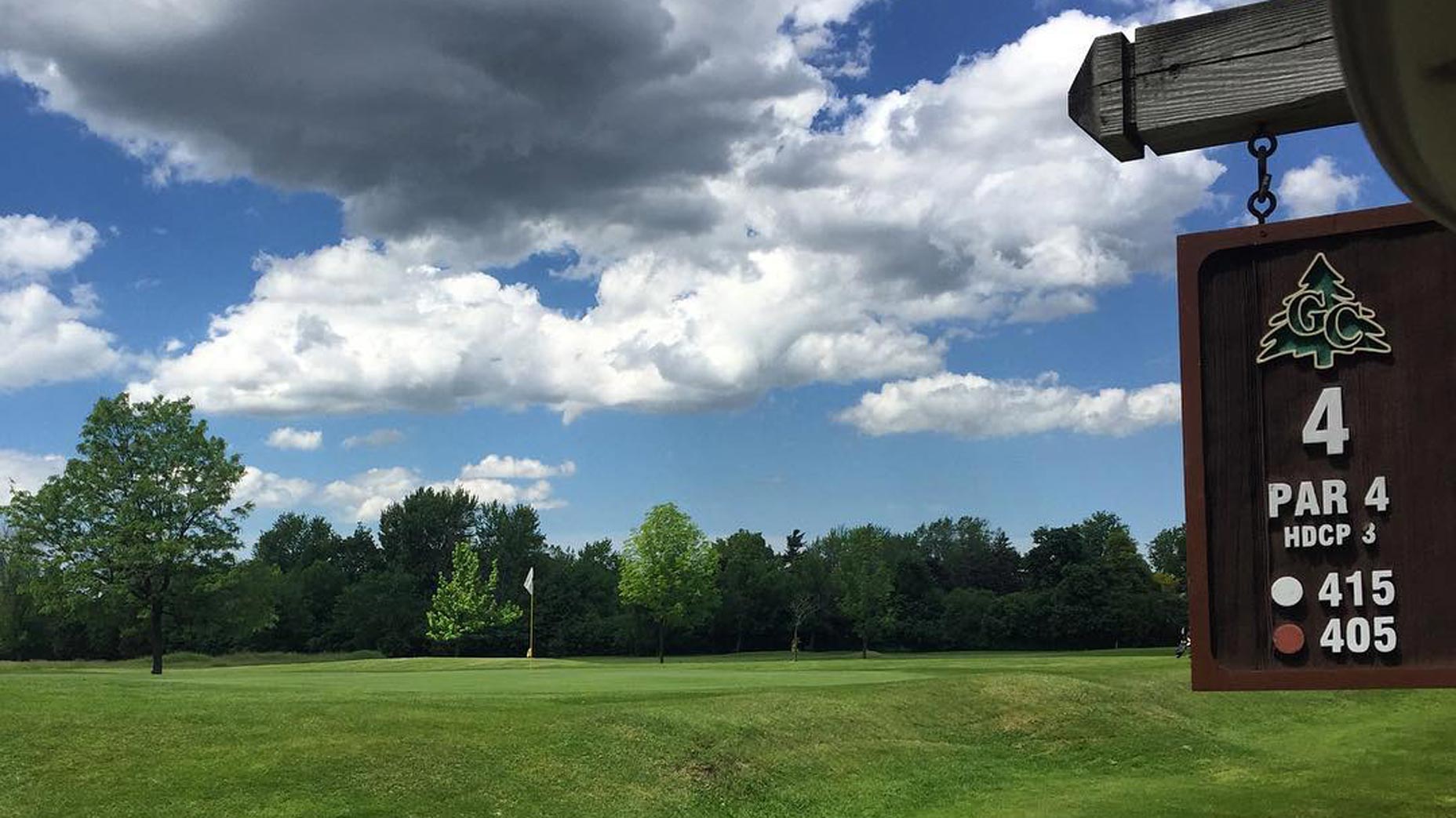Nobody would mistake this week’s U.S. Open site, Winged Foot Golf Club, for a muni, or a public course, or anything besides what it is: an iconic, brawny, spectacular country club. New York State boasts two other top-tier country clubs, Shinnecock Hills and Oak Hill, which have hosted a dozen major championships between them.
When the U.S. Open made the momentous decision to head to Bethpage Black in 2002, it was a big deal because it wasn’t Winged Foot, or Shinnecock, or Oak Hill. America’s biggest rotating tournament was choosing to go play a publicly owned and operated golf course. For the first time in history, the U.S. Open was headed to a muni.
But what if I told you there was another muni that hosted a U.S. Open more than 100 years earlier? What if I told you that you didn’t even have to leave New York to get there? And what if I told you that you could play it for 12 bucks?
Grover Cleveland Golf Course in Buffalo, N.Y. has many claims to fame, most of them unofficial. It’s probably the shortest course to have hosted a U.S. Open. The easiest, too. It was the only U.S. Open course to ever feature a par 6. It’s the only public golf course in North America to be designed by both Walter Travis and Donald Ross. And you join the golf course for an entire year for about half of what it would cost to play last year’s U.S. Open venue, Pebble Beach Golf Links, just once. (Pebble Beach is “public” in a different way.)
So what’s the story? How did this happen? In short, Grover Cleveland wasn’t always Grover Cleveland. Although the course has been a proud muni for 95 years, it was the Country Club of Buffalo before that; it was a distinctly private club when it served as host course for the 1912 U.S. Open.
And what a championship it was. Walter Travis spent a couple years renovating the golf course, preparing to showcase it to the world. The defending champion, 20-year-old Atlantic City club pro John McDermott, arrived with big dreams. A field of 120 took on the 6,326-yard, par-74 Country Club of Buffalo, which included the formidable 606-yard par-6 10th, the longest major championship hole up to that point and the only par 6 before or since.
The field was chopped to 78 after two days, with the cut line falling at +18 (166). McDermott held steady through three rounds, shooting 74-75-74, entering the finale three shots off the lead of Massachusetts pro Mike Brady. But Brady faded with final-round 79, while McDermott rallied to a 3-under 71, posting the first-ever under par 72-hole score for the championship.
Despite a furious charge from Tom McNamara, who set a new course record with a five-under 69, McDermott bogeyed the final hole to secure the title — and the $300 first place check. McNamara earned $150 for his runner-up finish, while Travis came in at T10, but was playing as an amateur and therefore forfeited his claim to $25.
That was Grover Cleveland’s major, even if it wasn’t Grover Cleveland just yet. But just a decade later (and just a couple years after a Donald Ross redesign), the Country Club of Buffalo decided to move out of the hustle and bustle of the city, so it acquired a new site and sold the existing golf course to the municipality Buffalo for $800,000. The deal went through in 1925. In 1926, the renamed Grover Cleveland (named for the former Buffalo mayor who went on to become a U.S. President) put itself on the muni map when it hosted the U.S. Public Links — the New York Times called it “among the finest in Western New York.” Erie County took over ownership in the 1970s and has operated the course ever since.
I stumbled on Grover Cleveland as I drove through Buffalo some decade ago. I knew nothing of its history but found a short, flat, charming muni with a diverse clientele and a wholly approachable greens fee. I remember doing a full and complete double take when I saw the sign referencing “site of the 1912 U.S. Open.” I met some regulars, who were fierce defenders of the course and its merits. I saw signs of vibrant league play. The par 6 is gone, but Grover Cleveland marches on.
The white tees tip out at 5621 yards these days, and the course plays to a par of 69 (the course was shortened to make room for the now-adjacent Veterans Affairs Medical Center). It’s $18 to play on the weekdays, and $21 on the weekends, and just $12 at twilight. Nine “Travis” holes remain. You can see the Ross greens, too, unless they’re covered with ice and snow. Even then, though, you can use the grounds; the course is open for cross-country skiing or snowshoeing.
In recent years, the U.S. Open has explored several municipal courses — Bethpage in 2002 and 2009, Torrey Pines in 2008, Chambers Bay in 2015 — all with great success. Just last week, the USGA announced its move to Pinehurst and alluded to the formation of a something similar to the Open Championship rota. That might mean more Winged Foot Opens and fewer muni Opens. We hope not.
Regardless, Grover Cleveland will not be involved, except as a footnote. But a fun footnote, to be sure.
This is also part of our Muni Monday series, spotlighting stories from the world of city- and county-owned golf courses around the world. Got a muni story that needs telling? Send tips to Dylan Dethier or to munimondays@gmail.com and follow Muni Mondays on Instagram.
